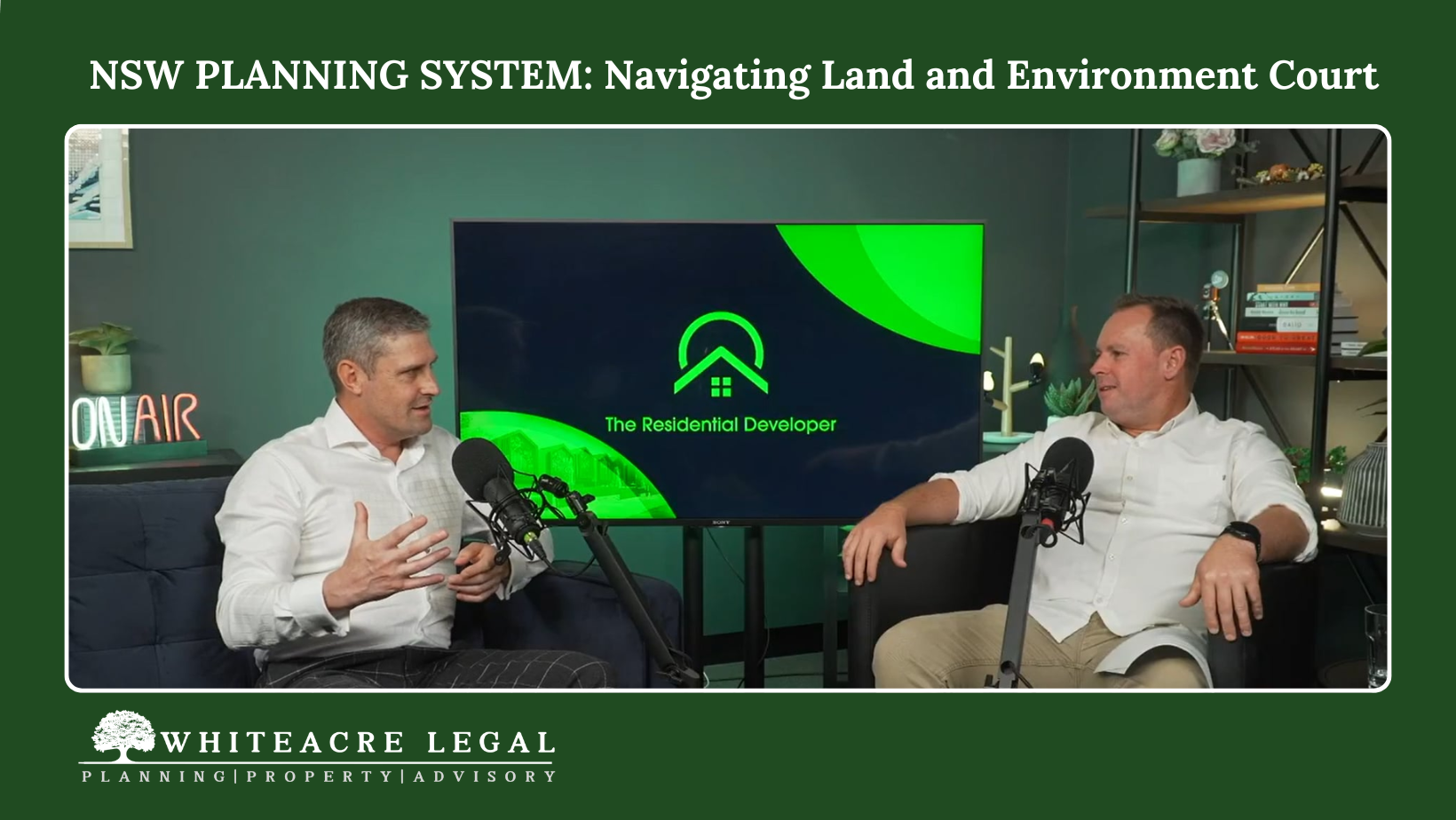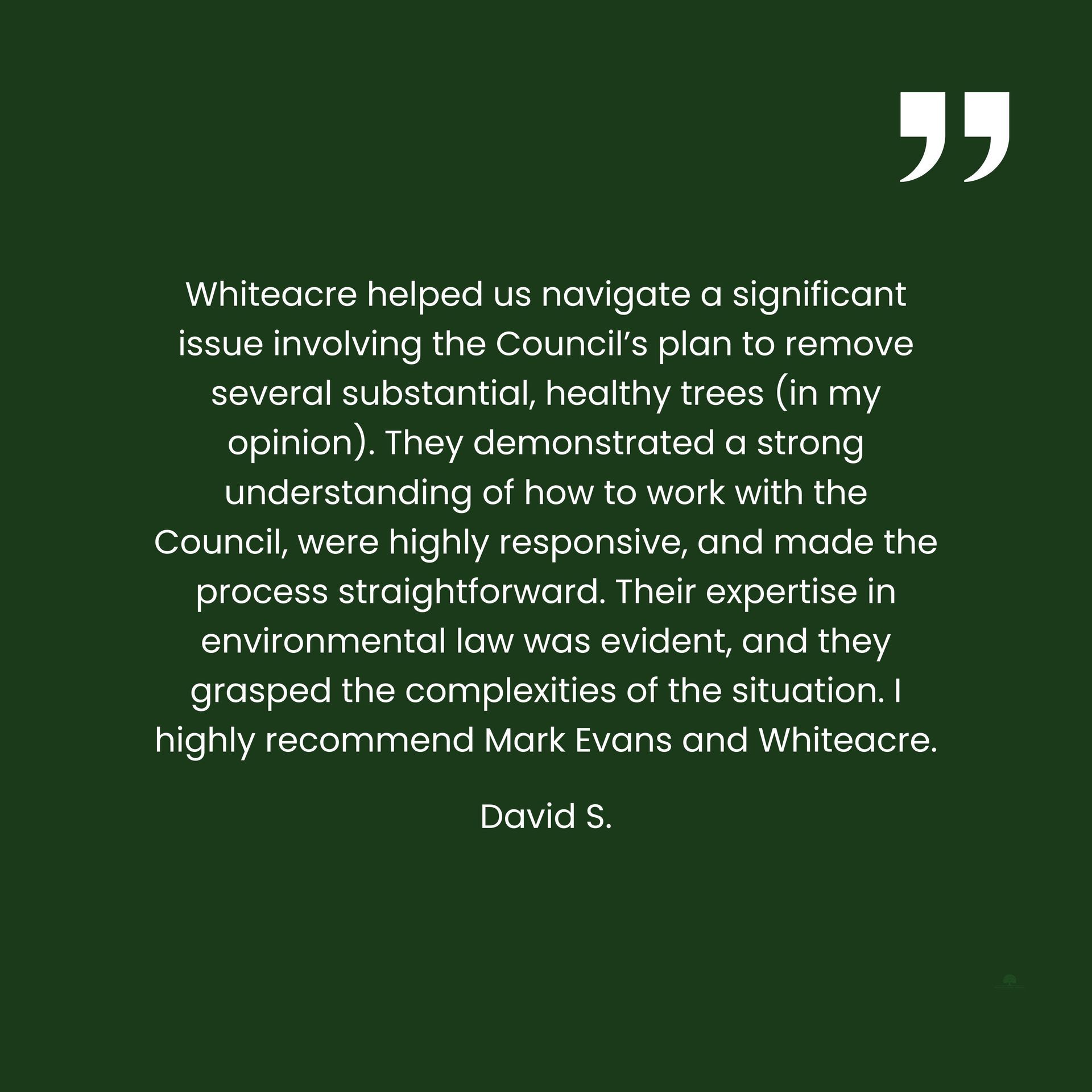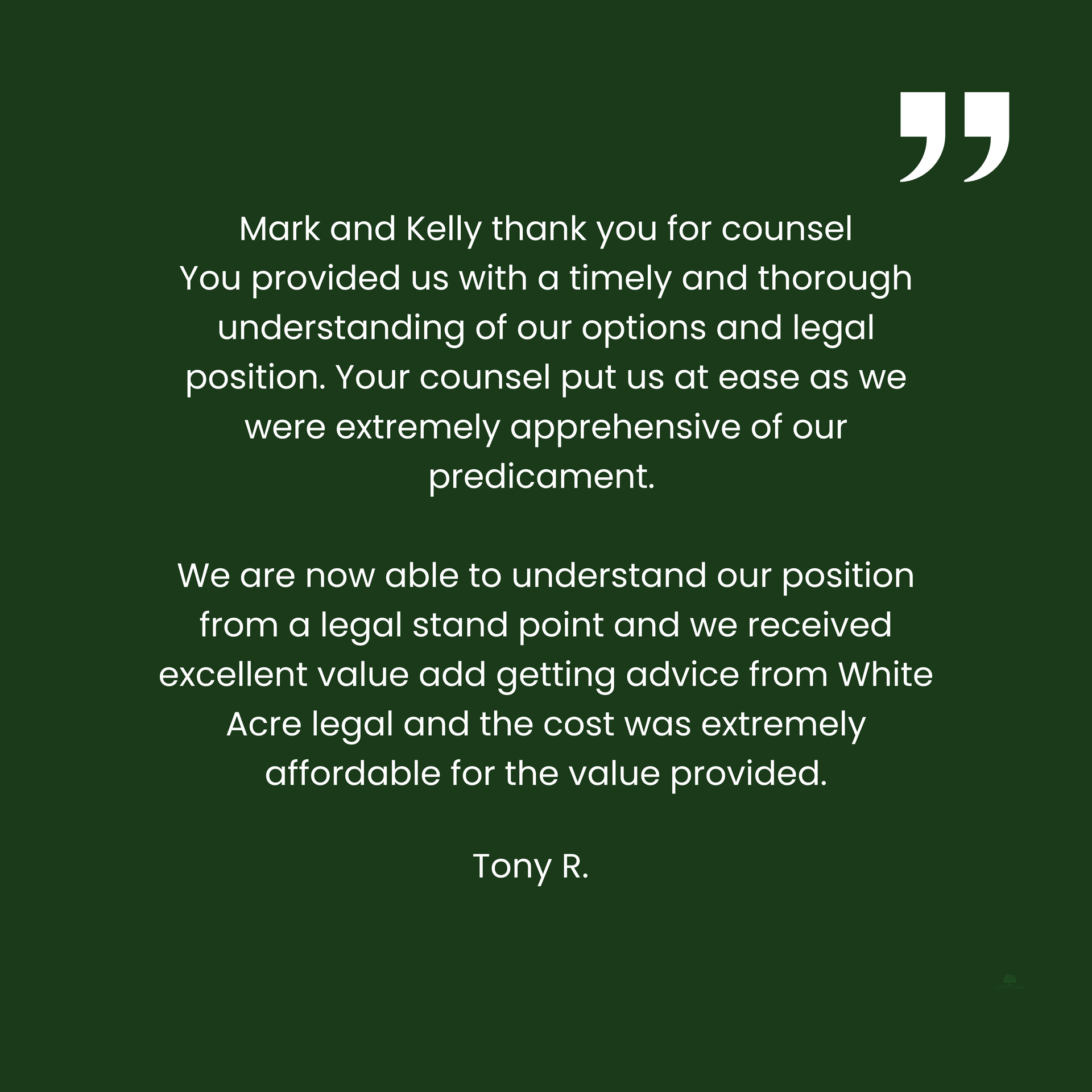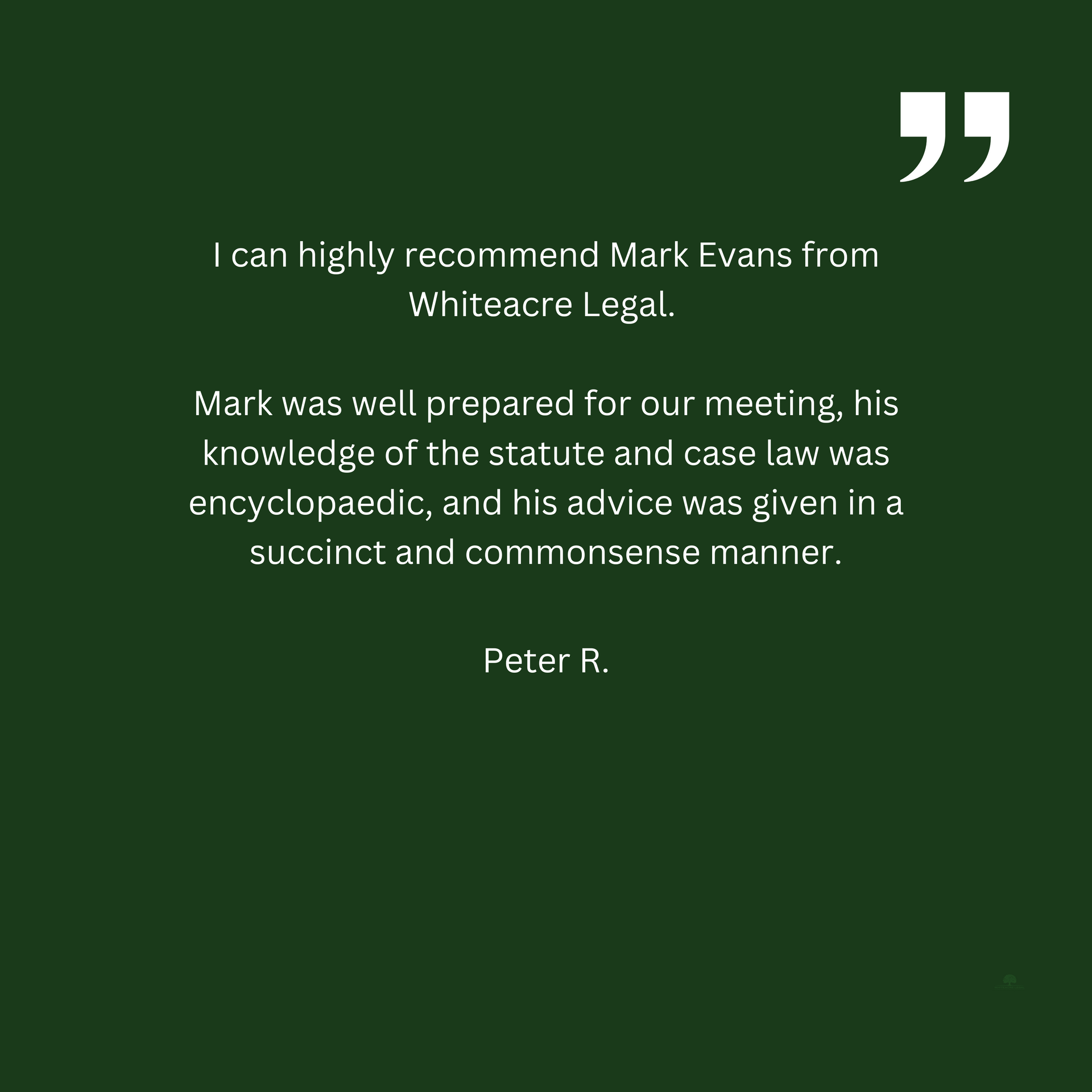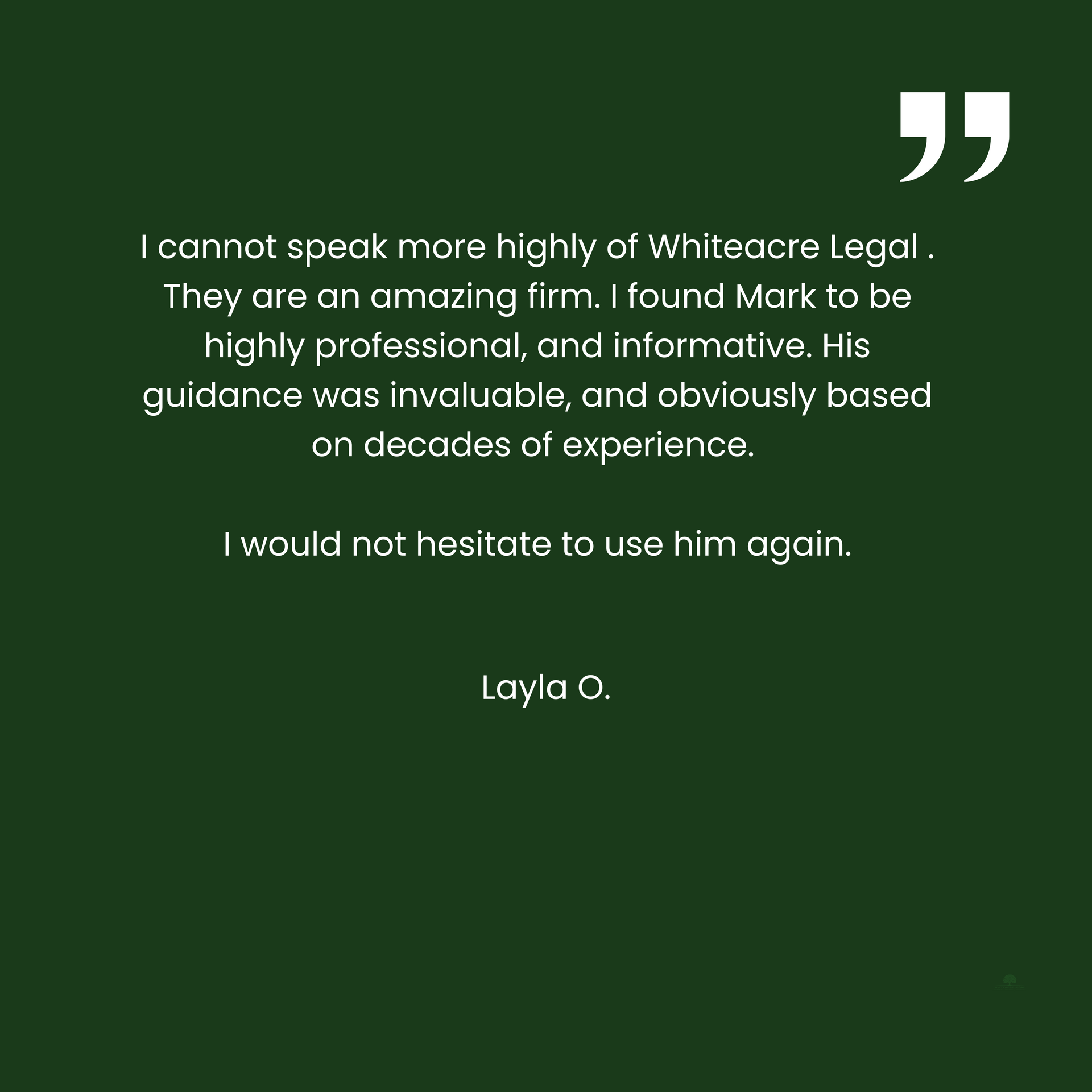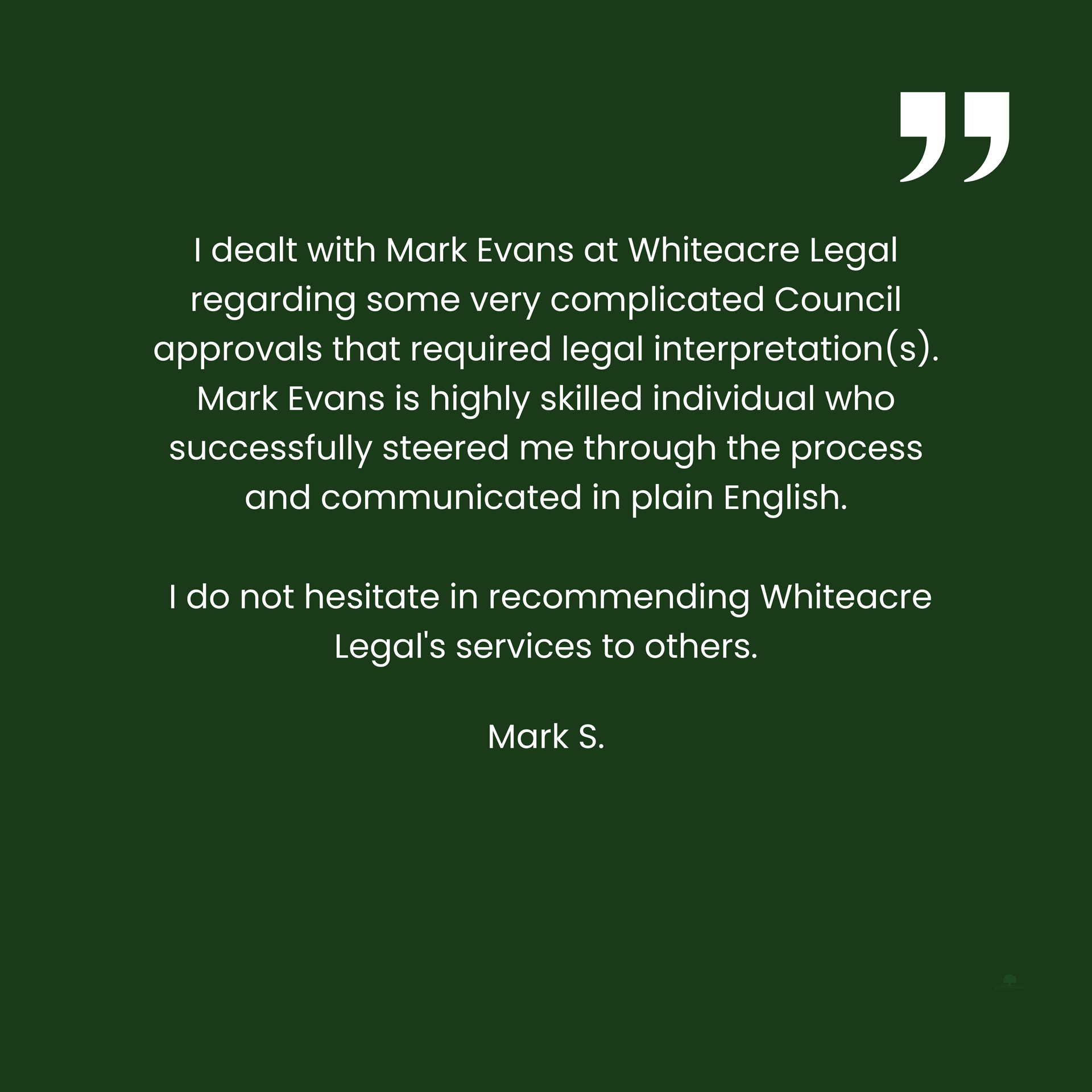How to read and interpret local environmental plans
How to read and interpret local environmental plans
This article explores the principles of statutory interpretation, specifically how to read and interpret local environment plans ( LEPs).
Statutory interpretation of LEPs
The normal rules of interpretation apply to LEPs in very much the same way as they apply to legislation.
LEPs are not legislation, they are not passed by parliament but are made under delegated authority.
Nonetheless, as a species of delegated legislation, LEPs are interpreted in accordance with the general principles of statutory interpretation, looking at the language, policy, intention and purpose of all the instrument’s provisions: Cranbrook school v Woollahra Municipal Council (2006) 66 NSWLR 379; [2006] NSWCA 155 at [36] per McColl JA (with Beazley JA agreeing); Elimatta Pty Ltd v Read [2021] NSWLEC 75 at [44] per Robson J.
Interpretation should promote the objects of the legislation
An interpretation that promotes the objects underlying the provisions of the LEP is to be preferred.
The Interpretation Act 1987 , section 33 provides:
“In the interpretation of a provision of an Act or statutory rule, a construction that would promote the purpose of object underlying the Act or statutory rule (whether or not, that purpose or object is expressly stated in the Act of statutory rule or, in the case of statutory rule, in the Act under which the rule was made) shall be preferred to a construction that would not promote that purpose or object.”
A good example in an LEP would be the objectives of zonings under a land use table. An interpretation of the LEP regarding what is permissible in that zone that would promote the objectives of the zone, is to be preferred.
Context is important
Where words are plain and unambiguous they should be given their ordinary and grammatical meaning: Cooper Brookes (Wollongong) Pty Ltd v Federal Commissioner of Taxation (1981) 147 CLR 297; [1981] HCA 26 at 305 cited in Roden v Bandora Holdings Pty Ltd [2015] NSWLEC 191 at [42].
But not always. A literal reading that produces an improbable or even absurd outcome is to be avoided. Context is important.
Clauses in an LEP should not be read in isolation but in the broader context of both nearby provisions and the objectives of the LEP.
In The Queen v A2; The Queen v Magennis; The Queen v Vaziri [2019] HCA 35, Kiefel CJ and Keane J at [32] held:
“The method to be applied in construing a statute of ascertaining the intended meaning of the words used is well settled. It commences with a consideration of the words of the provision itself, but it does not end there. A literal approach to construction, which requires the courts to obey the ordinary meaning or usage of the words or a provision, even if the result is improbable1 has long been eschewed by this Court. It is now accepted that even words having an apparently clear ordinary or grammatical meaning may be ascribed a different legal meaning after the process of construction is completed.2 This is because consideration of the context for the provision may point to factors that tend against the ordinary usage of the words of the provision.”
1 Amalgamated Society of Engineers v Adelaide Steamship Co Ltd (“the Engineers’ Case”) (1920) 28 CLR 129 at 62 per Higgins J; [1920] HCA 54.
2 Project Blue Sky Inc v Australian Broadcasting Authority (1998) 194 CLR 355 at 381 [691]; [1998] HCA 28.
While the exercise commences with the consideration of the words of the provision itself, it requires at the outset, consideration of the context in which the provision was enacted. Kiefel CJ and Keane J, at [33] said:
“Consideration of the context of for the provision is undertaken at the first stage of the process of the construction.3 Context is to be understood in this widest sense. It includes surrounding statutory provisions, what may be drawn from other aspects of the statute and the statute as a whole. It extends to the mischief which it may be seen that the statute is intended to remedy. 4 “Mischief” is an old expression.5 It may be understood to refer to a state of affairs which to be date the law has not addressed. It is in that sense a defect in the law which is now sought to be remedied. 6 The mischief may point most clearly to what it is that the statute seeks to achieve.”
What is the purpose of the clause? What is it seeking to achieve?
Finally, the text should be read both in the context of the surrounding provisions and by reference to the “mischief” to which the provision is directed.
An example in an LEP might be minimum lot size controls. What is the “mischief” the LEP seeks to remedy by imposing minimum lot sizes? Perhaps it is to prevent fragmentation of land or to impose a minimum standard the local authority and population feel is suitable for that area, or both. It follows that an interpretation that aligns with the mischief the controls are aimed at addressing will be preferred.
Sydney Seaplanes
In Sydney Seaplanes Pty Ltd v Page (2021) 393 ALR 485; [2021] NSWCA 204, Bell P (with Leeming JA and Emmett AJA agreeing) helpfully summarised the principles of statutory interpretation: at [26]-[41]. Those principles may be summarised as follows (omitting citations):
(a) The literal meaning of words in a statute will not always correspond to their legal meaning and it is axiomatic that questions of statutory construction cannot be resolved merely by resort to the literal meaning of statutory language: Project Blue Sky Inc v Australian Broadcasting Authority (1998) 194 CLR 355; [1998] HCA 28 at [78] (Project Blue Sky)); Park Trent Properties Group Pty Ltd v Australian Securities and Investments Commission (2016) 116 ACSR 473; [2016] NSWCA 298 at [77] (Park Trent).
(b) The modern approach to statutory interpretation “insists that the context be considered in the first instance, especially in the case of general words, and not merely at some later stage when ambiguity might be thought to arise”: K & S Lake City Freighters Pty Ltd v Gordon & Gotch Ltd (1985) 157 CLR 309 at 315; [1985] HCA 48.
(c) More recent statements to the effect that the process of the statutory interpretation must start and end with a consideration of text to the statute were not intended to and did not demote or relegate the importance of context in the process of statutory interpretation: Jackmain (a pseudonym) v R (2020) 102 NSWLR 847; [2020] NSWCCA 150 at [13]–[15].
(d) “Context” is to be understood in the broad sense and not confined to the immediate context supplied by other provisions in the statute of which one or more provisions are subject of the immediate inquiry of the Court. Context extends to include the existing state of the law, legislative purpose and any mischief which the statute was intended to remedy.
(e) The purpose of the statute may also be expressed with such generality that is not a useful or completely satisfactory guide to a Court seeking to construe a particular statutory provision. On the other hand, the nature and context of the particular statute’s enactment may reveal its purpose.
(f) The purpose of a statute of statutory provision, or the “mischief” which a statute is intended to address, may sometimes also be identified in an explanatory memorandum to a parliamentary bill or in the second reading speech although these sources of potential enlightenment, particularly the explanatory memorandum, are frequently of limited utility in this regard, often being little more than summaries of paraphrases of provisions of the bill. Although, the occasions when such assistance will in fact be given have been said to be “rare” they nevertheless sometimes present themselves: Lacey v Attorney-General (Qld) (2011) 242 CLR 573 at 605; [2011] HCA 10 at [86].
(g) Section 34(1) of the Interpretation Act 1987 appears to constrain the use of extrinsic materials such as explanatory memoranda and second reading speeches in the identification of statutory purpose and only permit recourse to them either to confirm the “ordinary meaning” of a statutory provision or in cases of ambiguity or obscurity or where giving effect to the ordinary meaning would lead “to a result that is manifestly absurd or in unreasonable”. However, the modern common law of statutory interpretation permits recourse to such extrinsic materials in the absence of ambiguity and has, perhaps somewhat surprisingly, been held to authorise such use even in circumstances where that use would not be permitted under the Acts Interpretation Act and, by parity of reasoning, the Interpretation Act: see Newcastle City Council v GIO General Ltd (1997) 191 CLR 85 at 99, 112; [1997] HCA 53.
- CIC Insurance Ltd v Bankstown Football Club Ltd (1997) 187 CLR 384 at 408; Project Blue Sky Inc v Australian Broadcasting Authority in (1998) 194 CLR 355 at 381 [69].
- CIC Insurance Ltd v Bankstown Football Club Ltd (1997) 187 CLR 384 at 408.
- Heydon's Case (1584) 3 Co Rep 7a at 7b [76 ER 637 at 638].
- Black-Clawson International Ltd v Papierwerke Waldhof-Aschaffenburg [1975] AC 591 at 614; Wacal Development Pty Ltd v Realty Development Pty Ltd (1978) 140 CLR 503 at 509; [1978] HCA 30; Wacando v The Commonwealth (1981) 148 CLR at 171; [1981] HCA 60.
- Alcan (NT) Alumina Pty Ltd The Commissioner of Territory Revenue (2009) 239 CLR 27 at 46-47 [47].
- CIC Insurance Ltd v Bankstown Football Club Ltd (1997) 187 CLR 384 at 408
- Cooper Brookes (Wollongong) Pty Ltd v Federal Commissioner of Taxation (1981) 147 CLR 297 at 321; [1981] HCA 26.Interpretation Act 1987 (NSW), s 33.
Key Takeaways
- LEPs are interpreted in accordance with the general principles of statutory interpretation.
- The process of interpretation starts with a consideration of the words of the clause itself, but it does not end there.
- Where words are plain and unambiguous, they should be given their ordinary and grammatical meaning.
- However a literal reading of the clause that leads to an improbable or absurd result is to be avoided.
- Consideration of the context of the provision is undertaken at the first stage of the process of the construction, not simply when ambiguity arises.
- Context is understood by the surrounding provision of the text in question but also the purpose of the legislation in question.
- Recourse may be had to extrinsic materials to aid in interpretation, even in the absence of ambiguity.
The process of reading and understanding LEPs can be difficult and reasonable minds may differ on how a provision is to be interpreted.
If you have a project that may be impacted by a particular provision or you just need advice on how a particular provision should be interpreted, we can assist.
Require further assistance? please do not hesitate to call us on (02) 9145 0900 or make an enquiry below.
Browse by categories

Servicing all of NSW, Whiteacre provides expert property law and planning and environment law advice and assistance.
✓ Planning Law Advice
✓ Land and Environment Court Appeals
✓ Voluntary Planning Agreements and Contributions
✓ Development Control Orders and Enforcement
✓ Property Development Advice and Due Diligence
✓ Title Structuring
✓ Easements and Covenants
✓
Strata and Community Title legislation
Book an initial consultation through our website with our planning law solicitor. Whether it's about planning and environment law or property law, you can approach us and discuss your matter to make sure we are a good fit for your requirements.





